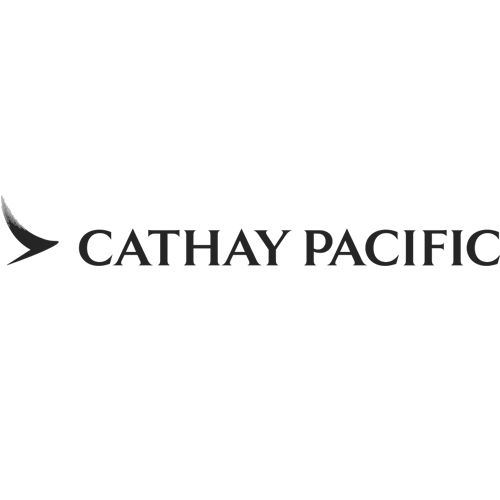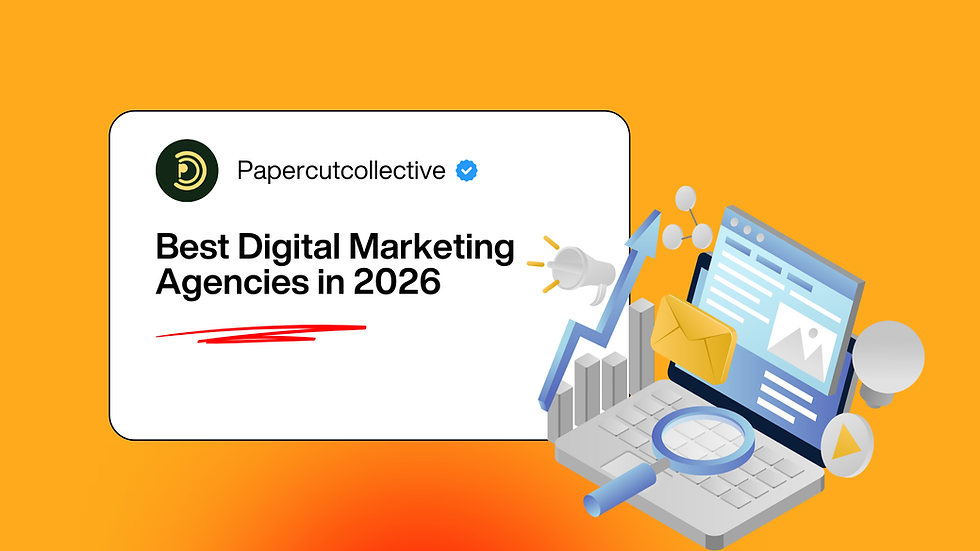Digital Marketing Landscape: SMM vs. SEM in 2025
- Tsamarah Balqis
- Jun 5
- 3 min read
Updated: Nov 25
In Singapore's dynamic digital environment, understanding the nuances between Social Media Marketing (SMM) and Search Engine Marketing (SEM) is crucial for businesses aiming to enhance their online presence. Both strategies offer unique advantages, and when leveraged effectively, can significantly boost brand visibility and engagement.

Understanding Social Media Marketing (SMM)
SMM involves leveraging social media marketing platforms like Facebook, Instagram, LinkedIn, and TikTok to connect with audiences, build brand awareness, and drive conversions. It's not just about posting content; it's about creating meaningful interactions and fostering a community around your brand.
Pros of SMM:
Enhanced Brand Visibility: Social media platforms are designed for discovery, making them ideal for increasing brand exposure. When businesses consistently share engaging and valuable content, whether it's behind-the-scenes videos, educational reels, or customer testimonials, they organically grow their reach and influence.
In Singapore, where digital content consumption is high, SMM provides an opportunity to stay top-of-mind among consumers. As users engage (like, share, comment), your content can reach secondary audiences beyond your follower base, creating viral momentum.
Targeted Advertising: Platforms like Facebook, Instagram, and TikTok offer powerful ad targeting tools that let businesses segment audiences by age, gender, interest, location, device usage, and even behaviors like online shopping habits.
This means a skincare brand can target only women aged 25–34 in Singapore who follow beauty influencers, maximizing ad relevance and minimizing wasted spend. Lookalike audiences and remarketing features further improve campaign effectiveness by reaching users similar to your best customers
Cost-Effective: Compared to traditional advertising methods like print, TV, or billboards, SMM is significantly more affordable, especially for SMEs and startups. With as little as $5–$10/day, businesses can run targeted ad campaigns and test content performance before scaling. Organic content, while time-consuming, can yield results without any financial outlay if executed strategically with community engagement and trending formats
Cons of SMM:
Time-Intensive: Successful SMM is more than just posting content it requires a long-term strategy, regular content creation, active community management, and consistent analysis. In Singapore’s competitive landscape, brands must not only keep up with trends but also respond quickly to comments and messages to maintain engagement. Without dedicated resources or tools, managing multiple platforms can become overwhelming and dilute quality.
Algorithm Changes: Social media algorithms are constantly evolving. A strategy that worked last month may suddenly see a drop in reach and engagement due to updates. Platforms now prioritize content that encourages meaningful interactions (e.g., comments and shares), making it harder for promotional posts to gain traction. Brands must adapt quickly, diversify their formats (like Reels or Stories), and stay informed to avoid losing visibility.
Measuring ROI: Unlike PPC or email marketing, the return on investment in SMM isn’t always directly measurable. While you can track vanity metrics (likes, followers, reach), translating them into sales or leads isn’t always straightforward, especially for B2B or high-ticket items. Attribution models become tricky when customers engage over multiple touchpoints. Without proper tracking (like UTM tags, pixel integration, or CRM syncing), you may not have a clear view of what’s truly driving revenue.
Delving into Search Engine Marketing (SEM)
SEM focuses on increasing a website's visibility in search engine results through paid advertising. Utilizing tools like Google advertising agency singapore, businesses can target users actively searching for related products or services.
Pros of SEM:
Immediate Results: Paid ads can drive traffic quickly.
High Intent Audience: Targets users already interested in your offerings.
Measurable Outcomes: Detailed analytics allow for performance tracking and optimization.
Cons of SEM:
Costly: Competitive keywords can lead to higher costs.
Continuous Investment: Traffic stops when ads are paused.
Ad Fatigue: Users may become desensitized to repetitive ads.
Comparing SMM and SEM: Key Differences
Aspect | SMM | SEM |
Platform | Social Media Platforms | Search Engines |
Audience Intent | Passive Browsing | Active Searching |
Cost Structure | Often lower, with options for organic reach | Pay-per-click model |
Content Type | Visual and interactive content | Text-based ads with landing pages |
Engagement | Likes, shares, comments | Click-throughs and conversions |
Integrating SMM and SEM for Optimal Results
Combining SMM and SEM can create a comprehensive digital marketing strategy. While singapore sem agency captures users with immediate intent, SMM nurtures relationships and builds brand loyalty over time. By aligning both strategies, businesses can maximize reach and conversion rates.
Need Expert Guidance?
At Paper Cut Collective, we specialize in crafting tailored digital marketing strategies that integrate both SMM and SEM to drive results. Our team is dedicated to helping Singaporean businesses thrive in the digital space.
👉 Ready to elevate your digital marketing game? 📩 Contact us today for a free consultation at papercutsg.com

.png)
.png)
.png)



























.jpg)